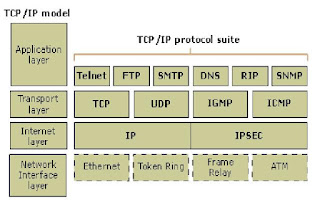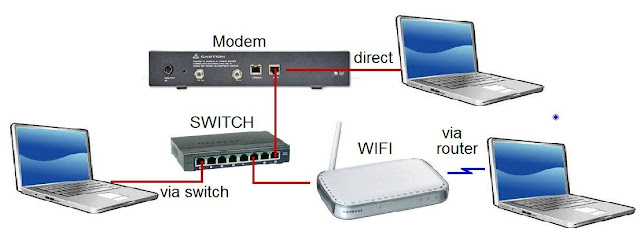HTTP
Hypertext Markup Language
The Hypertext Transfer Protocol (HTTP) is an application protocol for distributed, collaborative, hypermedia information system. HTTP is the foundation of data communication for the world wide web, where hypertext documents includes hyperlinks to other resources that the user can easily access, for example by a mouse click or by tapping the screen. HTTP was developed to facilitate
hypertext and the world wide web.
Development of HTTP was initiated by Tim Berners -Lee at CERN in 1989. Development of HTTP standards was coordinated by the Internet Engineering Task Force(IETF) and the world wide web consortium (W3C), culminating in the publication of a series of Requests for comments(RFCs). The first definition of HTTP/1.1, the version of HTTP in common use, occurred in RFC 2068 in 1997, although this was made obsolete by RFC 2616 in 1999 and then again by the RFC 7230 family of RFCs in 2014.
A later version, the successor HTTP/2, was standardized in 2015 (and HTTP/3 is its proposed successor , that builds on HTTP/2, and is now supported by major web servers and browsers over TLS using ALPN extension where TLS 1.2 or newer is required.
Technical Overview
HTTP functions as a request response protocol in the client- server computing model. A web browser, for example, may be the client and an application running on a computer hosting a website may be the server. The clients submits an HTTP request message to the server. The server , which provide resources such as HTML files and other content , or performs other functions on behalf of the client , returns a response message to the client.
HTTP is designed to permit intermediate network elements to improve of enable communication between clients and servers. High-traffic websites often benefit from web cache servers that deliver content of behalf of upstream servers to improve response time. Web browsers cache previously accessed web resources and reuse them , when possible to reduce traffic. HTTP proxy servers at private network boundaries can facilitate communication for clients without a globally routable address by relaying messages with external servers.
HTTP is an application layer protocol design within the framework of the Internet protocol suite. Its definition presumes an underlying and reliable transport layer protocol, and Transmission control protocol (TCP) is commonly used. HTTP can be adapted to use unreliable protocols such as the User Datagram Protocol (UDP) , for example in HTTPU and Simple Service Discovery Protocol(SSDP).
HTTP resources are identified and located on the network by Uniform Resource Locators(URLs), using the Uniforms Resource Identifiers(URIs) schemes http and https. URIs are hyperlinks in HTML documents from interlinked hypertext document.



Comments